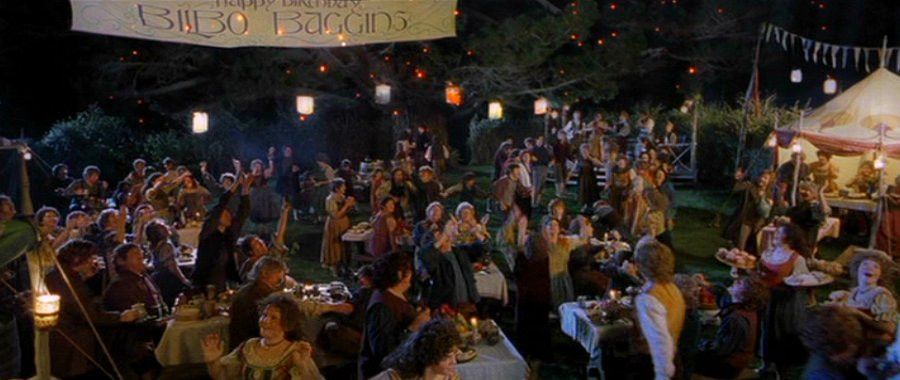a new holiday for enjoying life
So we just had a leap day from this leap year. I suppose they’re important, to keep the calendar synced up with the seasons. Without leap day, Christmas would eventually be in the summer. (Obviously I’m writing this from the northern hemisphere, where a summer Christmas is unheard of, yet it happens in the southern hemisphere.)
What did you do with your extra day on February 29? Probably nothing special, since the world treats it like a normal day. But what if there was a better way? Why can’t we have a bonus day off every four years?
Have you ever looked at the calendar we use and wondered why it is like it is and if it could be better? The story behind why the months have varied numbers of days is beyond the scope of this article (long story short, blame the Romans), but there are potential solutions to improve it. I could think of some ideas, but actually J.R.R. Tolkien (who wrote The Hobbit and The Lord of the Rings) has already created a better calendar system. He created separate calendars for the Hobbits, Elves, Men, and Numenoreans (Aragorn’s ancestors), among others. (Yeah, that’s nerdy, but consider that he created new languages for different people groups.)
Worth noting for this discussion is the Hobbit calendar. It’s based on the same 365 days per year with an occasional leap year, just like ours. However, their calendar had 12 months with exactly 30 days each, which is convenient, although that leaves 5 or 6 days out. So what did Hobbits do about that? Here’s where it gets really interesting. The bonus days were split between “Lithedays” near the summer solstice and “Yuledays” near the winter solstice. These bonus days were holidays that were not included in the calendar — they simply stopped counting days during these celebrations. Actually, these days counted as days of the week, but not days on the calendar. They would have days of feasting during that time, so it was like a mandatory party or vacation (for them, since Hobbits usually didn’t leave the Shire). Also, there was a day, Midyear’s Day, which did not count as a day of the week, so their year officially had 364 days.
That might seem more complicated, but in some ways it is simpler. Their calendar made dates always fall on the same weekday. Bilbo’s and Frodo’s birthday of September 22 was always on a Thursday. The year always began on the first day of the week and ended on the last day of the week. This calendar was designed to reinforce their culture, prioritizing routine, order, and convenience, along with emphasizing their love of feasting and partying. They even had an area of town called Party Field for dancing and feasting.

Would it be worth the hassle to change our modern calendar? Probably not. People like routine and don’t like change, plus it would be really difficult to change. (Remember the hullabaloo about Y2K? This would be much more difficult to change.) And having mandatory days off sounds good, but given our culture, it probably wouldn’t work. It would result in days of no open restaurants, grocery stores, hospitals, police, etc. I’m not sure our American society could safely handle mandatory days off work. (That’s a discussion for another day.)
But what if towns and cities had a place where they would have dancing and feasting? Is that doable? It might get too complicated and crowded in big cities to pull off, logistically, but it seems like a good idea on a smaller scale. Ideally our culture would accept this idea and make it happen. Imagine a recurring time where people enjoy being around each other, eating together and dancing and just enjoying life. Actually, this sounds like the Sabbath in Christianity, where we’re supposed to devote the seventh day of each week to honoring God, which includes not working, with an emphasis on spending time enjoying God and His creation and people. Many Americans struggle with this, even though it is built into our calendar already.
I suppose the point of all this rambling is that it’s good to slow down from normal life on a regular basis so you can enjoy your life and the people around you. Here in America we are really blessed financially and with freedom — even though many people complain, we still have more prosperity and freedom than perhaps any other country. Of course the system could be better and the wealth distributed more fairly. But regardless of your situation, it is what it is, and where you are right now is your actual life, so make the best of it. Find time each day to laugh, to dance, to marvel at something amazing (like nature, or technology, or how the human body works, etc.), and to enjoy the people around you. If it’s hard to integrate this into your daily life, just start somewhere. Set aside some time today to enjoy life for yourself (that is, without it being fed to you via TV or social media or the internet). Maybe go for a walk, or visit with a friend, or read a book…
Try to enjoy today’s portion of your life’s journey. You won’t pass this way again.


